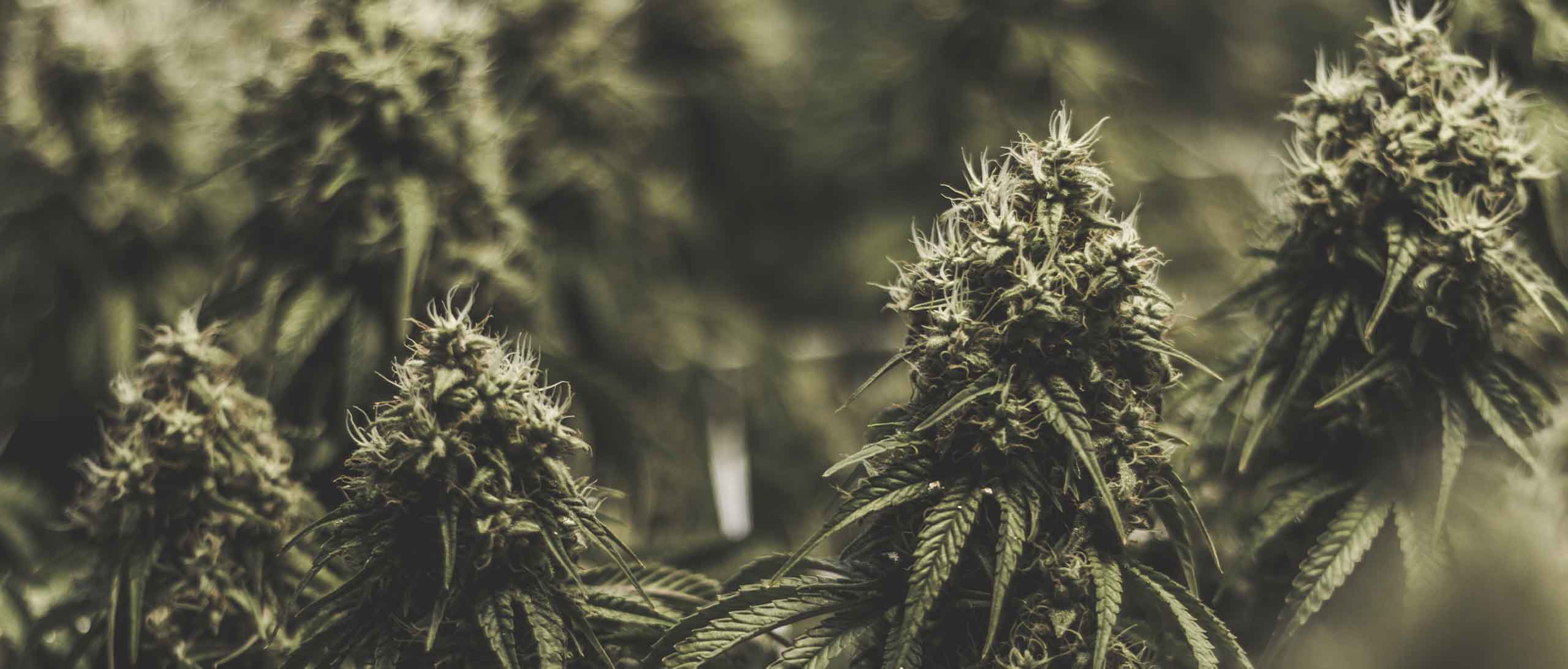Mood disorders, encompassing conditions like depression, anxiety, and bipolar disorder, are among the most prevalent mental health challenges faced globally. Traditional treatments, while effective for some, leave many patients grappling with symptoms. This has led to the exploration of alternative therapeutic avenues, with the Cannabis sativa plant emerging as a potential frontrunner. But it’s not just the well-known cannabinoids that are drawing attention; terpenes, aromatic compounds found in many plants, are also under the spotlight. When combined, these compounds may offer enhanced therapeutic effects, a phenomenon termed the “entourage effect.”
Cannabis: Beyond THC and CBD
Cannabis is often associated with its most famous compounds, THC (tetrahydrocannabinol) and CBD (cannabidiol). However, the plant boasts a complex molecular profile, producing a plethora of phytocannabinoids and a vast array of terpenes. This intricate composition is believed to contribute to its potential therapeutic effects, with each compound potentially playing a role in modulating the plant’s overall impact on the human body.
Terpenes: The Unsung Heroes
While cannabinoids have been the primary focus of research, terpenes are emerging as potential game-changers in the therapeutic landscape. These compounds are responsible for the characteristic aroma of many plants, including cannabis. Each strain of the cannabis plant has a unique terpenoid profile, which can differ both qualitatively and quantitatively.
Research suggests that terpenes may not only contribute to the aroma of cannabis but also possess therapeutic abilities. Some studies indicate that certain terpenes can produce anxiolytic (anxiety-reducing) and antidepressant effects. For instance, the essential oil of Lavendula angustifolia (lavender) has shown clinical efficacy in treating anxiety disorders.
The “Entourage Effect” Explained
The term “entourage effect” refers to the synergistic relationship between cannabinoids and terpenes. It’s the idea that these compounds, when taken together, can produce a therapeutic effect greater than the sum of their individual effects. This synergy could potentially enhance the therapeutic efficacy of cannabis-based treatments for mood disorders.
For instance, while CBD has shown potential in alleviating symptoms of depression and anxiety, its effects might be amplified when combined with specific terpenes. This combined effect could lead to more effective treatments with fewer side effects than traditional therapies.
Potential Mechanisms of Action
The exact mechanisms through which cannabinoids and terpenes exert their therapeutic effects are still under investigation. Some theories suggest that the anxiolytic and antidepressant effects may result from the interaction between the cannabinoid system and other neurotransmitter systems, such as the serotonin system. Terpenes, on the other hand, might exert their effects through different brain pathways than cannabinoids, offering a multi-faceted approach to treatment.




